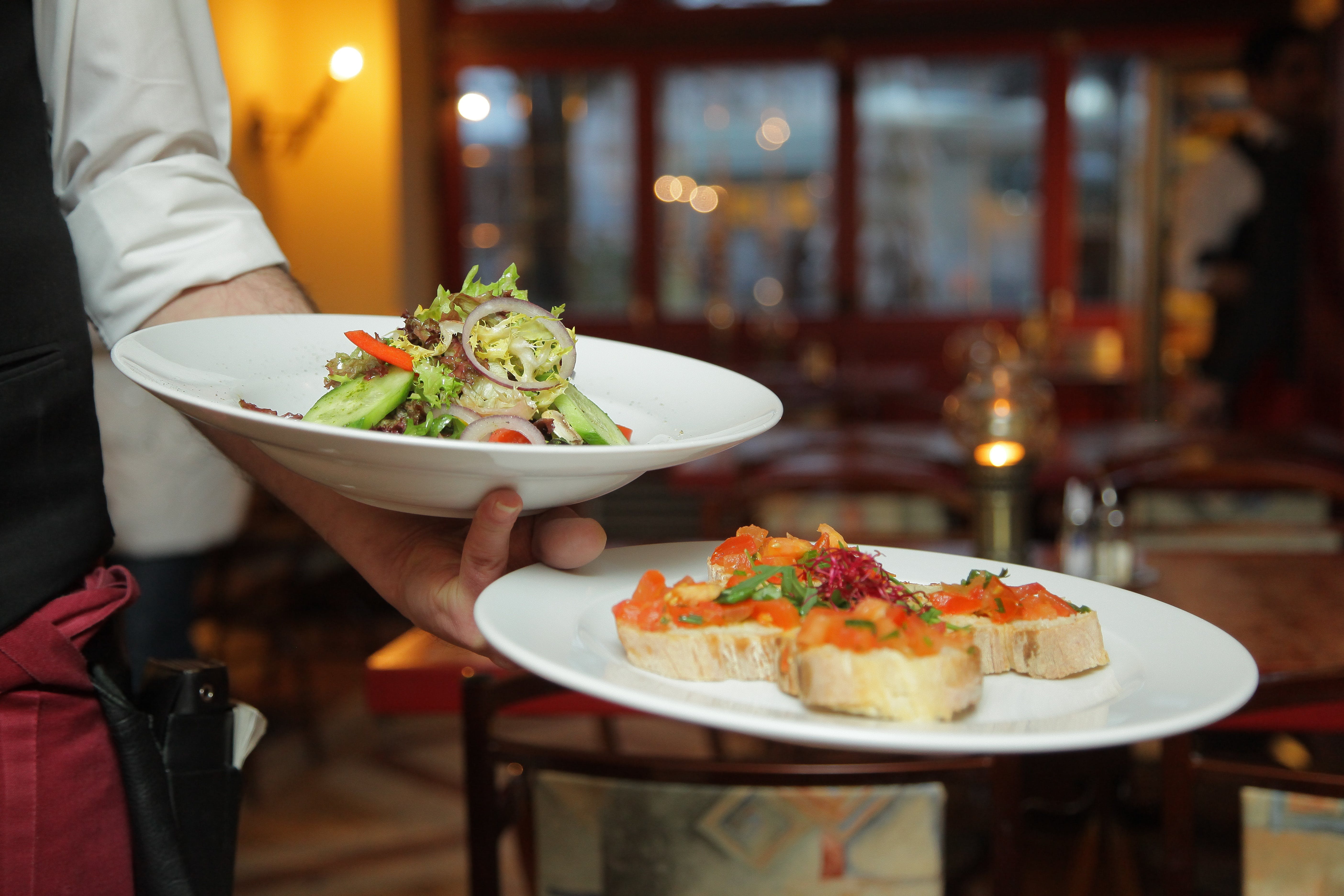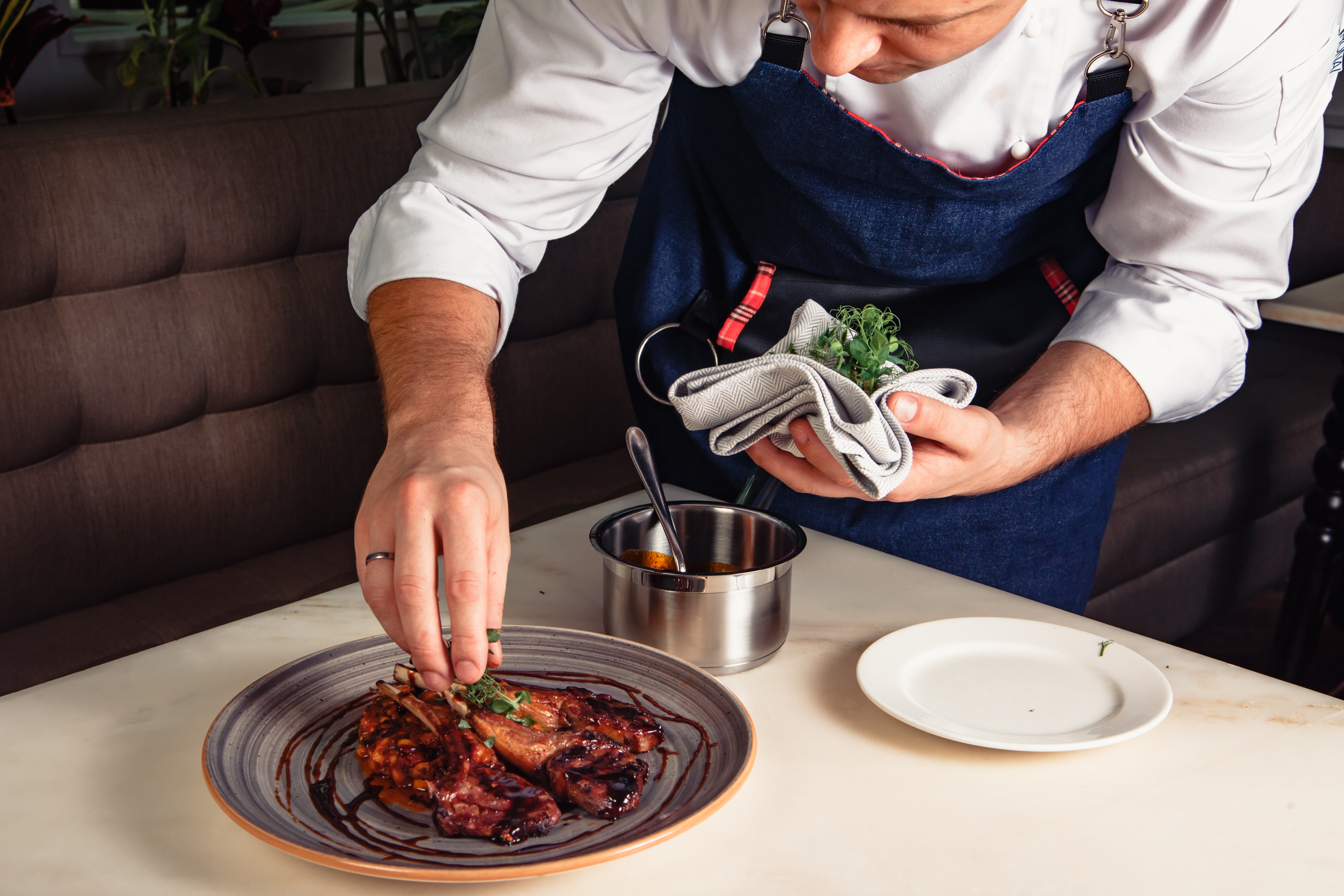5 Tips to Improve the Sustainability of Your Restaurant
Why sustainability is often a challenge in the hospitality industry and 5 easy changes to help make your own business more sustainable.
Discover three sustainable concepts for a greener future and find out how you can make your restaurant business more sustainable.

As our society places a growing emphasis on sustainability and guests have higher expectations, restaurateurs find themselves in a challenging position. They must now incorporate sustainable practices into their daily operations to meet these rising demands.
In this article, we'll look at three practical sustainability concepts tailored to the hospitality industry. We'll also give you easy-to-follow tips on how to integrate them seamlessly into your restaurant.
In an era where 78% of US consumers prioritize a sustainable lifestyle, the imperative for sustainability in the restaurant industry becomes clear. Looking at the latest statistics highlights the importance of sustainable practices, particularly those related to food waste.
On a global scale, a staggering 1.3 billion tons of food are thrown away each year, representing around a third of the world's total food production. This eye-opening figure serves as a compelling catalyst for understanding the urgent need to address sustainability issues, particularly in the foodservice sector.
Zooming in on the US foodservice sector alone reveals a disturbing scenario – an estimated 11.4 million tons of food is wasted each year. This stark reality underscores the critical importance of implementing sustainable practices within the foodservice industry.
Food waste figures clearly show that waste prevention is a serious issue. The Zero Waste concept addresses this issue and is now an important component of greater sustainability in the foodservice industry.
The primary goal of Zero Waste is clear: to reduce waste to a minimum, if not eliminate it. As well as preventing waste, embracing the Zero Waste concept brings additional benefits to your restaurant.
Not only does it help save energy and reduce emissions, but it also acts as a magnet for new customers. By adopting a Zero Waste approach, your kitchen will not only become more sustainable, but will also reap a number of benefits that will appeal to environmentally conscious diners.
With a few tips, you can successfully implement the Zero Waste concept in your restaurant and ensure greater sustainability in the hospitality industry:
Optimize your ordering process and use digital ordering platforms to efficiently plan the use of your goods and to prevent food waste in your restaurant business.
Use sustainable packaging materials (e.g. glass, bamboo) instead of single-use plastic packaging. Or create value from waste products and use recycled materials for your furnishings.
Start composting waste in your own restaurant business and use it as fertiliser for your own crops. If you do not have the facilities to compost your waste, you can also ask an agricultural partner to do it for you.
Have you ever tried a cake made from banana peels? Using fruit peel may sound unusual, but it is part of an exciting concept for greater sustainability in the hospitality industry.
From Leaf to Root emphasizes the full use of fruit and vegetables. Leaves, flowers, peels, stems, and roots – this sustainable concept utilizes all the digestible and usable components of a plant.
However, Leaf to Root is not a new trend: in the past, when food shortages were commonplace, this concept helped people survive.
Some parts of fruit and vegetables are not edible. Certain elements of the nightshade family (e.g. green spots on potatoes, tomato greens) contain solanine, which the human body cannot tolerate in high concentrations. Stems and leaves of nitrate-rich plants (e.g. rocket and other leafy salads) should also be eaten in moderation.
Adopting the popular Leaf to Root concept isn't just about reducing plant and food waste in your restaurant – it's a major step forward for sustainability in the hospitality industry.
As well as being environmentally friendly, this trend brings a host of other benefits. Imagine: a burst of new flavours and unique recipes that bring excitement to your kitchen. What's more, your guests can enjoy a healthier dining experience, with vitamins and minerals delivered directly to their plates.

The following tips will help you implement the Leaf to Root concept in your own restaurant business:
Make sure your produce is certified organic. This is because the risk of pesticide residues is much lower in untreated food. This means that most parts of the plant are safe to eat.
Avoid peeling fruit and vegetables. This includes cucumbers, carrots, parsnips, pome and stone fruits. These should only be washed thoroughly with a vegetable brush under running water before preparation.
Learn to distinguish between waste and edible parts of a plant. Always check your food for freshness, edibility, and consistency.
When we think of meat, we often think of the best cuts, such as steaks and fillets. However, these prime cuts only make up 15% of beef, while around 49% is by-product.
But what happens to the other parts of a slaughtered animal? Often these parts are simply thrown away, mixed with other food products or processed into animal feed.
The Nose to Tail trend ensures that slaughtered animals are used from nose to tail and end up on our plates.
Beyond its culinary impact, this concept is bringing a wave of positive change to the foodservice industry. By embracing Nose to Tail, hospitality businesses can not only reduce animal waste, but also take a formidable stand against food waste. As an added bonus, adopting this approach helps to reduce climate-changing greenhouse gases.

Nose to Tail cooking, a common practice in world-class kitchens, can find a place in your restaurant with these three practical tips:
Openness is key to getting this concept right. Nose to Tail requires not only your chefs but also your guests to be willing to experiment. However, the recipes promise to be very varied and delicate on the plate.
Flexibility is also important. Regularly adapt your menu to the different types of meat available in your kitchen.
Avoid factory farming and buy local organic meat instead. This choice ensures that the animals are treated humanely and avoids the use of antibiotics in their feed.
Zero Waste, Leaf to Root, and Nose to Tail – these sustainable practices have already made waves in the hospitality industry and are poised to play an even more crucial role in the future.
Adopting sustainable practices in your restaurant has many benefits. Not only does it demonstrate your commitment to the environment, but it also enhances your overall image and improves the cost-effectiveness of your business.
With just a few steps, you can make a significant contribution to greater sustainability in the hospitality industry.
Why sustainability is often a challenge in the hospitality industry and 5 easy changes to help make your own business more sustainable.
From unique concepts to the perfect online presence and sustainability: These 7 strategies will help you attract more guests.
From sustainability to culinary diversity: Discover the hospitality trends for 2024 and how you can already implement them in your business today.
Make sure you never miss out on updates and trends about digitalization in the hospitality industry by subscribing to our monthly newsletter. You will receive useful information delivered directly to your inbox.